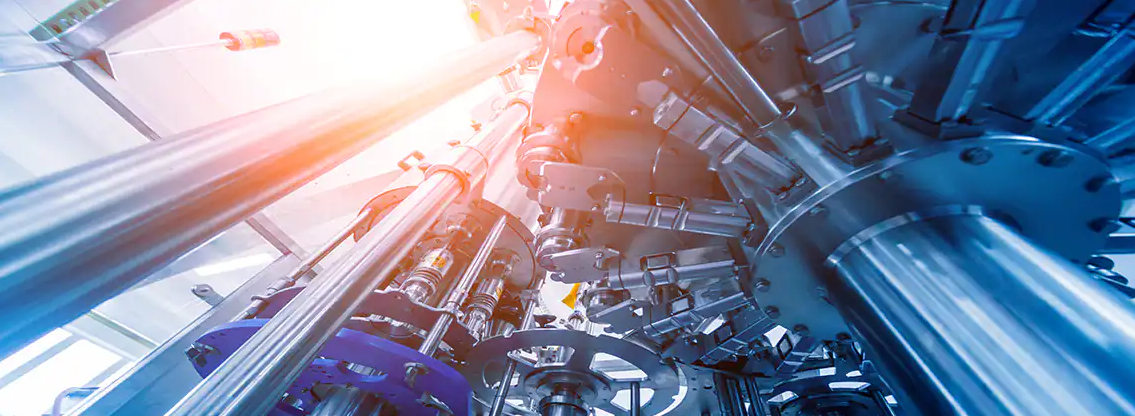Aluminum is a widely used material in various industries due to its excellent properties, including lightweight, high strength, and resistance to corrosion. However, aluminum is susceptible to corrosion in certain environments, which affects its durability and performance. To enhance the corrosion resistance, aluminum surfaces are typically treated with a conversion coating, which is a chemical process that converts the surface of the metal into a more corrosion-resistant form. In this article, we will discuss the effective conversion coating techniques for aluminum surfaces.
Chromate Conversion Coating
Chromate conversion coating is a widely used technique for aluminum surfaces due to its excellent corrosion resistance and adhesion properties. The process involves immersing the aluminum surface in a solution of chromic acid and other additives, which reacts with the surface to form a thin layer of oxide that provides excellent corrosion resistance. Chromate conversion coating is commonly used in the aerospace and automotive industries due to its durability and ability to withstand harsh environments.
However, chromate conversion coating has some drawbacks, including toxicity and environmental concerns. The hexavalent chromium in the solution is a carcinogen and can cause severe health problems if exposed for a prolonged period. Furthermore, the disposal of the solution is also a significant concern, as it can contaminate the environment.
Non-Chromate Conversion Coating
To address the toxicity and environmental concerns associated with chromate conversion coating, non-chromate conversion coating techniques have been developed. These techniques use non-toxic chemicals and do not produce hazardous waste, making them more environmentally friendly.
One of the most widely used non-chromate conversion coatings is the phosphoric acid anodizing (PAA) technique. PAA involves immersing the aluminum surface in a solution of phosphoric acid and other additives, which forms a thin layer of aluminum phosphate on the surface. The coating provides excellent adhesion and corrosion resistance properties, similar to chromate conversion coating.
Another non-chromate conversion coating technique is the titanium oxide-based coating. This technique involves immersing the aluminum surface in a solution of titanium compounds, which react with the surface to form a thin layer of titanium oxide. The coating provides excellent corrosion resistance and adhesion properties and is commonly used in the electronics and aerospace industries.

Nanostructured Coating
Nanostructured coatings are a relatively new technique for aluminum surfaces, and they offer significant advantages over traditional conversion coatings. Nanostructured coatings are thin films that consist of nanoparticles, which provide excellent corrosion resistance and adhesion properties due to their small size and high surface area.
One of the most widely used nanostructured coatings is the sol–gel technique, which involves hydrolysis and condensation of a precursor solution to form a thin film on the aluminum surface. The sol–gel technique provides excellent corrosion resistance and adhesion properties, similar to traditional conversion coatings, while also offering the advantages of being non-toxic and environmentally friendly.
Conclusion
Effective conversion coating techniques are essential for enhancing the corrosion resistance and adhesion properties of aluminum surfaces. Chromate conversion coating is a widely used technique, but it has some environmental and toxicity concerns. Non-chromate conversion coating techniques, such as phosphoric acid anodizing and titanium oxide-based coatings, are more environmentally friendly and offer similar properties to chromate conversion coatings. Nanostructured coatings, such as the sol–gel technique, offer significant advantages over traditional conversion coatings due to their small size and high surface area.
-

- Bahagian logam tersuai papan tengah macbook dihasilkan
-

- Bicycle Freehub 12/14/16 Inch Children Bike Low Rider Bikes Magnesium Aluminum Alloy Children Bicycle 3-8 Years Old In Stock
-

- Magnesium alloy thixomolding die-casting UAV parts C
-

- Roda aloi magnesium tuangan tekanan tinggi OEM untuk e-basikal
-

- Magnesium aloi Thixomolding bahagian untuk perumah mesin sedutan oksigen
-

- OEM high pressure die casting magnesium alloy frame for bicycle

 0086-750-5616188
0086-750-5616188 +86 13392089688
+86 13392089688 sales@zhongmei-tech.com
sales@zhongmei-tech.com







